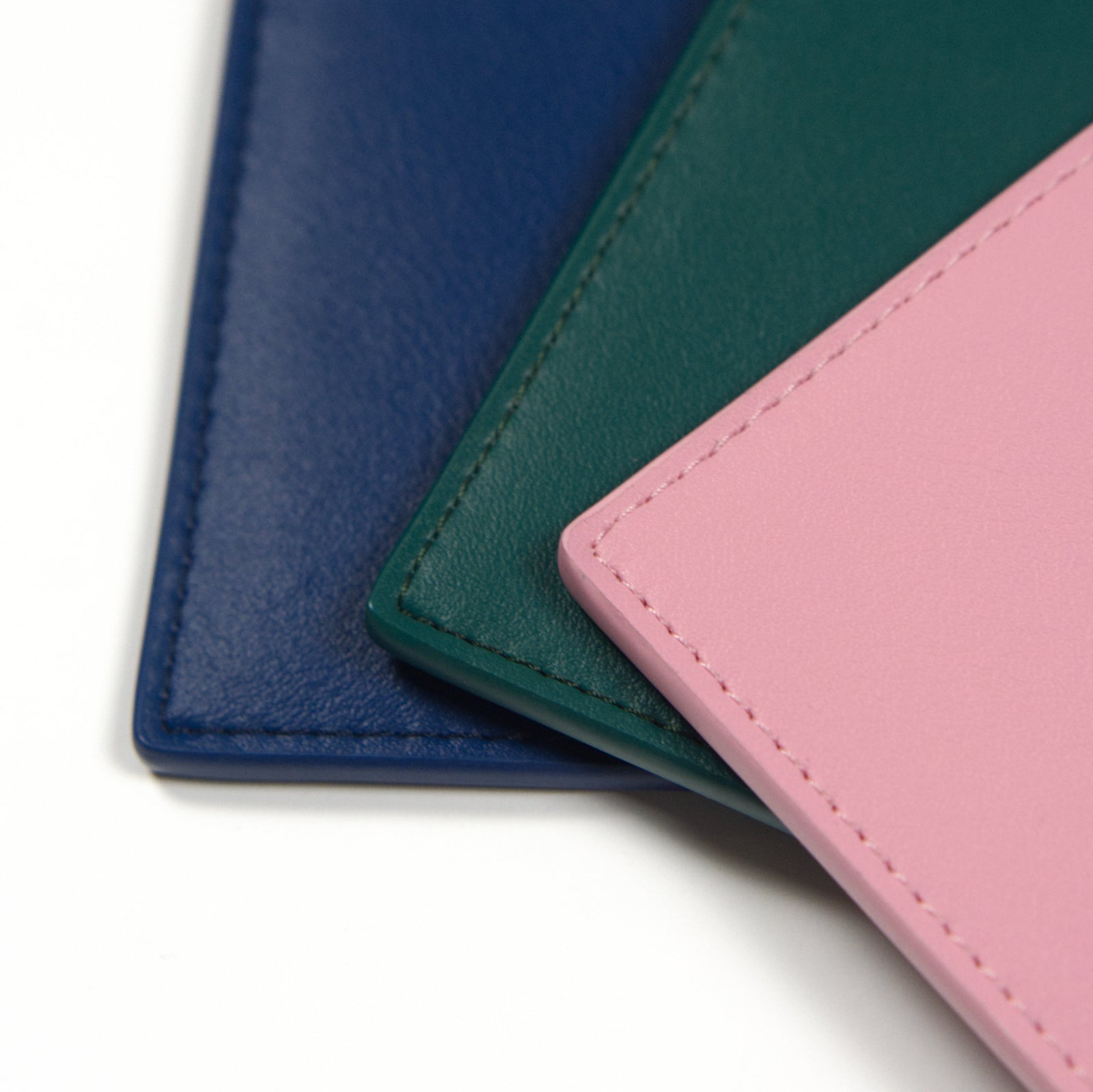Your Cart is Empty
Menu

How to use The Pocket Engineer
by Derek Miller 4 min read
The Pocket Engineer is an every-day carry tool designed for engineers. We've packed as many handy tools and references as possible into this little laser-engraved stainless steel card to make your technical work a little easier every day.


1. Protractor: Angle measurement and drawing tool
The left front contains a 180 degree arc for measuring and drawing angles. The long lines are every 10 degrees and short lines are every 5 degrees. The straight line cutout denotes 90 degrees and can help to quickly draw right angles.
To draw or measure your own angle:
- Align a starting straight line to the flat edge on the outside of the tool.
- Add a center dot to denote your vertex, in the gap at the center of the arc tool.
- Add a dot at the angle you wish to draw. If measuring, find the angle where the line to be measured intersects.
- Slide away The Pocket Scientist and use the straight edge to connect your dots and complete your angle.
2. Compass: Arc drawing tools (inches and centimeters)
The through-holes lined up with major inch and centimeter markings are for drawing arcs and circles of the corresponding radii like a compass.
To draw a 6 centimeter radius 60 degree arc:
- Create a vertex, 0 degree and 60 degree dots using the angle drawing tool described above
- Line up the half-hole at 0 cm to your vertex dot and the 6 cm hole to your 0 degree angle dot.
- Using two pencils (or one pencil and a sharp narrow object), put one in each hold and with a slight inward pressure drag the 6 cm hole in the desired direction until it covers approximately 60 degrees. Keeping slight inward pressure ensures the arc does not come out jagged.
- Use the straight edge to connect your vertex and 60 degree dots, then extend the line out until it intersects your new arc. Simply put a dot at the intersection if you don’t want the connecting line.
- Erase any arc past the intersection point.
To draw an arc with a 0.5 cm, 0.5 inch, 0.25 inch or 0.125 inch increment:
- Repeat step 1 above.
- Instead of using the edge half-hole, start your vertex at the sub-integer hole and count forward to the desired radius, remembering to subtract the distance from the edge to the hole of your vertex.
- Repeat steps 3-4 above.
4. Pipe Inner Diameter Meaurement
The bottom right corner of the back of the card has a series of 45 degree lines marked in 1/8th inch increments. For small pipes or openings you wish to measure, insert this corner as far as you can and align the opposing measurement lines with the ends of the walls of the tube. The highest pair of lines it reaches is the measurement. For anything halfway between lines, add 1/16th inch to the lower line.

5. Ruler
The centimeter side is marked to each 1, 5 and 10 mm while the inches side is marked down to the 1/32nd inch where each smaller unit has a shorter mark line. Note that the origin (zero) side starts flat (flush) to the edge of the tool. This allows you to easily measure the height or depth of an object on a flat surface. For the highest precision on paper, start your line at the “1” marking instead of the edge. For machinists, we’ve also included a small 2" ruler in mil (1/1000th inch) on the back. The lines marked "0.1" are 100 mil apart (1/10th inch), while the shortest lines that almost touch each other are 10 mil apart (1/100th inch, or 254 um.
6. Photogrammetric Ruler
The checkerboard-style L-shaped ruler on the front is known as a "photogrammetric" or "photomacrographic" ruler. Google "ABFO #2" to see what the official one looks like. Use this for setting a scale in any photos you take of parts, failure analysis, gaps, or just to be better than a banana for scale showing off your work.
The high-visibility rectangles are 1 cm long and should show up well in a photo with a flash. In the circles, they are 45 degrees in arc length. The L-shape lets you correct distortion if The Pocket Engineer is not perfectly normal to the camera and the object to be measured.

Once you have the photo, load it into any software that lets you set a scale like ImageJ. Here you can draw a line and tell it how long in real distance that line is (draw a line covering several 1 cm rectangles). It registers that in pixels, and applies that scale to the entire image. If your image is in perspective, you may need to correct it using a mesh warp or perspective correction tool, aligning the grid to the L-shape on the card. There are also a few small horizontal lines at the 2 cm marks near the arc drawing tool, in case those are helpful in your mesh correction.
7. Tiny flathead screwdriver
You might have missed this one! The bottom right corner (from the front) is flattened. You can use it to unscrew some set screws in a pinch. Don't try to unscrew anything drilled firmly into wood or you'll warp the card. Even though it's steel, it's only 0.5 mm thick. We wanted to use Adamantium, but couldn't find a supplier.
8. QR Code for bonus content
Scan the QR code with your phone each calendar month to view a private page just for card holders. Think of this as an exclusive bonus of being a card holder! Each month, we’ll replace the page with new content such as fun science nuggets, STEM jokes, new resources we’ve found or created, news or upcoming events and discounts on new product launches just for card holders! Our goal is to bring you value, fun and happiness with every scan.

Want to find more cool tools for engineers? Visit our top-ranked "Gifts for Engineers" shopping list which includes products from all over the internet.
Leave a comment
Comments will be approved before showing up.
Gifts Lists by Engineering Major
Stay up to date
Drop your email to receive new product launches, subscriber-only discounts and helpful new STEM resources.
Disclosure
As an Amazon Associate I earn from qualifying purchases.
Most popular in Engineering
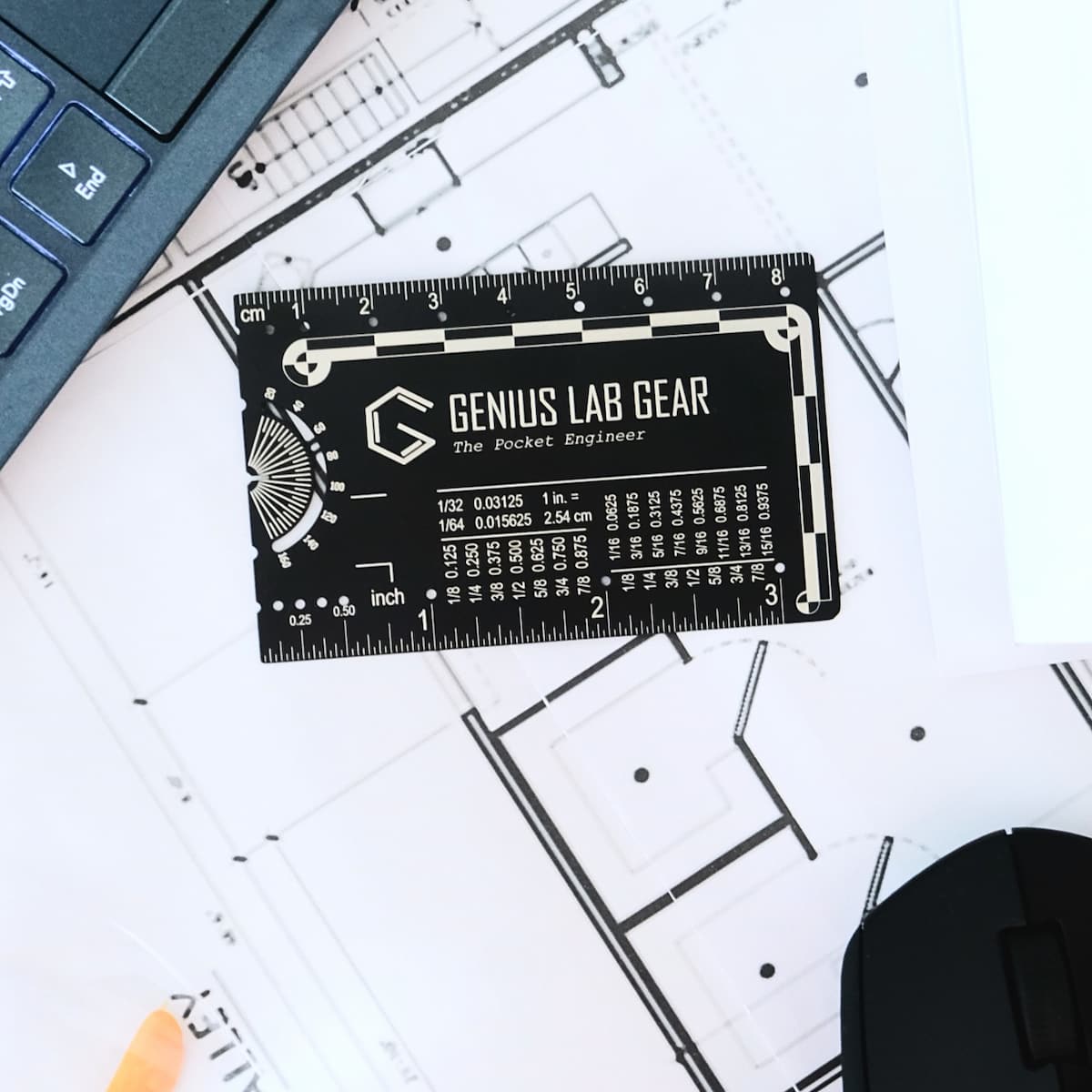
Pocket Engineering Tool
Keep your most-used unit conversions handy for quick calculations, and use the built-in ruler, compass and protractor to sketch out your best ideas. All in the size of a credit card.
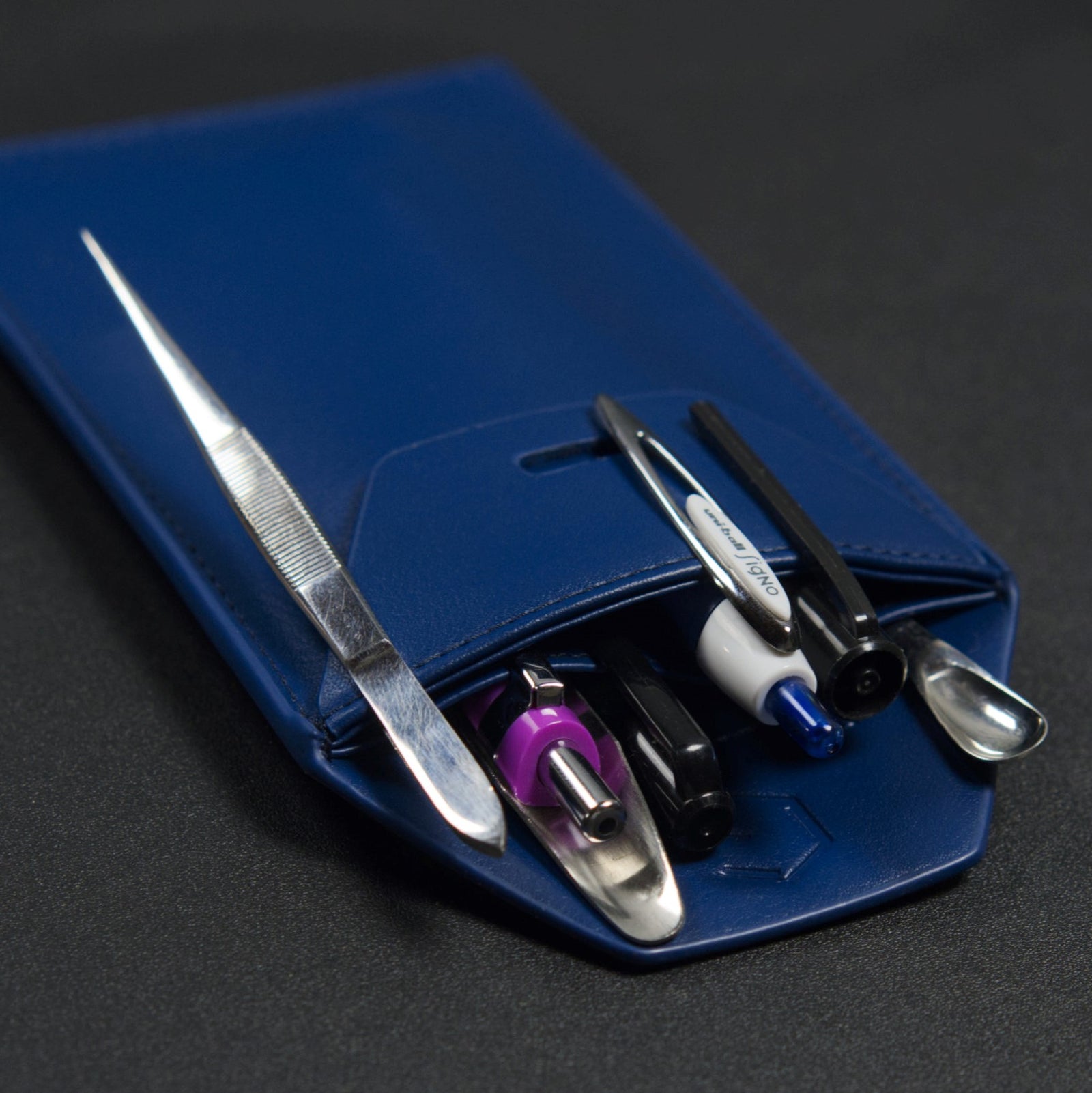
Protect your shirt pocket
We're making pocket protectors cool again. Your shirt pocket is about to transform into a hub for all of your favorite pens, markers, and tiny machine tools, without wearing holes through the bottom.
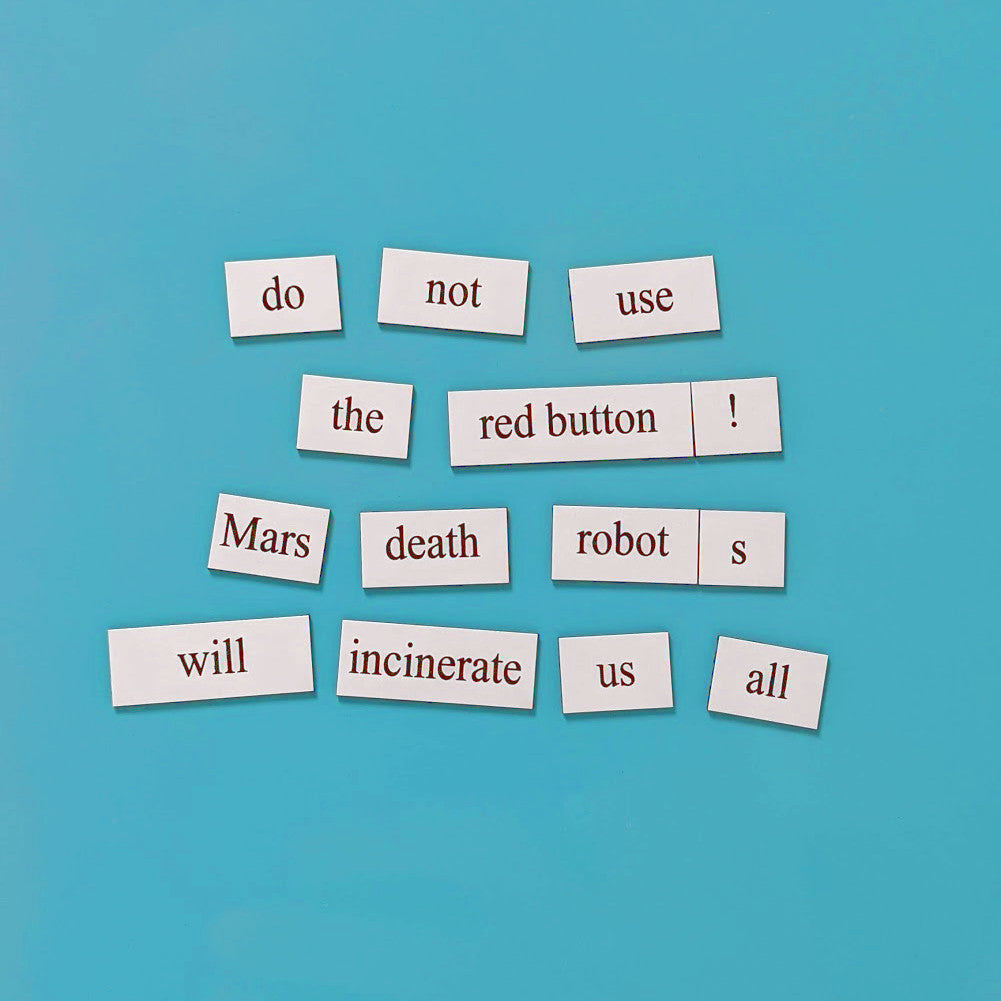
Engineer word magnets for office fun
Leave a mysterious rant or engineering poem to your coworkers to keep them guessing. Or take a creative break to loosen up your brain for the next project. All you need is a magnetic surface.
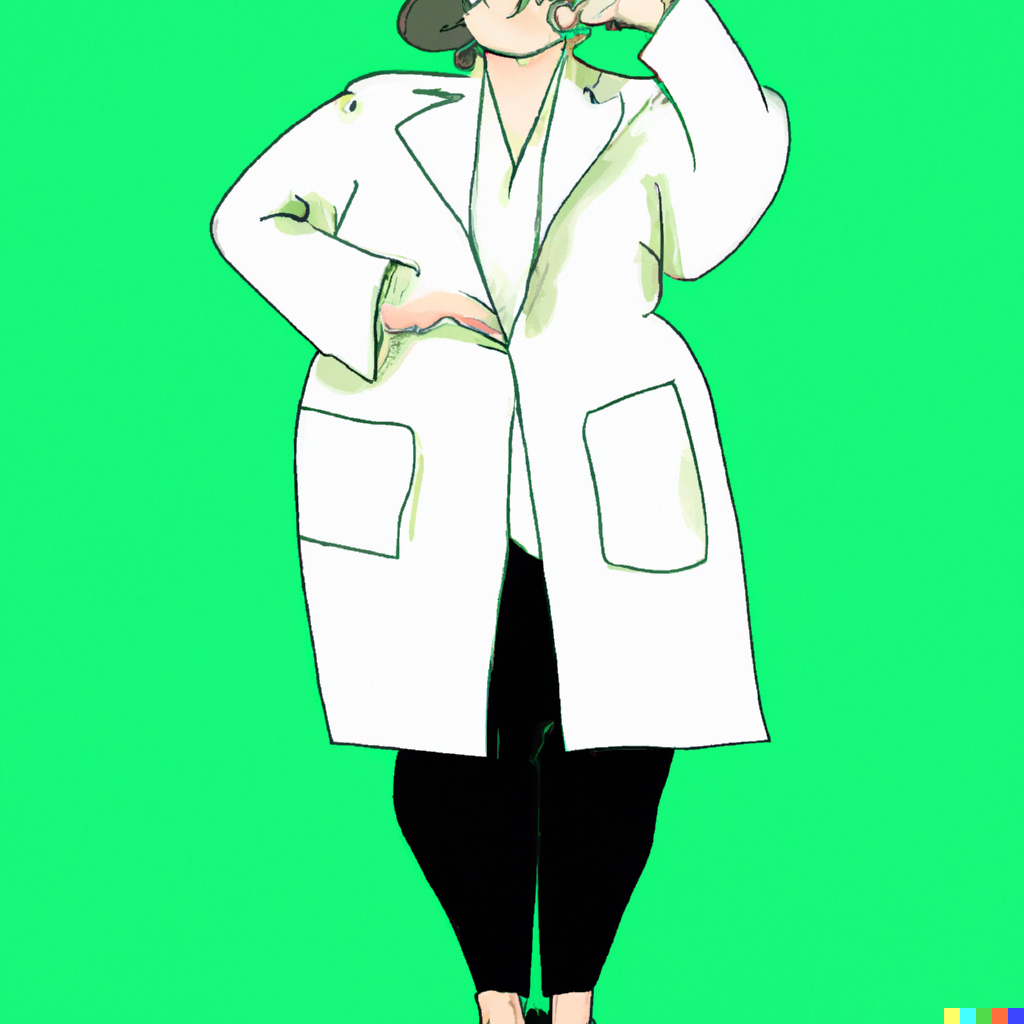
Plus-sized and Petite Lab Coats: Fit and Buying Guide
6 min read
Finding a lab coat that fits well can be a real challenge for many women, especially those that would consider themselves curvy, plus-sized, and petite. We surveyed over 800 female scientists. This article will share their most common problems with lab coats and how to solve them.
Read More
7 Differences between Scientist and Doctor's lab coats
7 min read
Are you wearing a lab coat designed for a doctor? Or for a scientist? How can you tell? We surveyed over 1500 scientists to figure out what they want in their perfect lab coat. In this article, I’ll break down the 7 key things you should look for when deciding what you should buy.
Read More
Lab Coats with Knit Cuffs vs. Open Cuffs (What’s best for scientists?)
4 min read
We surveyed over 1500 scientists on what makes the best lab coat. Their comments reveal that small upgrades to your lab coat can be LIFE CHANGING (or feel like it). There’s a fierce debate between the knit cuffed sleeve and the straight open cuff camps, but our survey data reveals one clear favorite.
Read MoreEngineering Gifts Collection
Our best tools and STEM accessories for all fields of engineering, from Aerospace to Nuclear.
The Pocket Engineer - Wallet Ruler and Conversion Reference
gifts-for-professors-and-grad-school-pisgifts-for-scientists-and-engineersbest-sellers-gifts-gear-and-art-for-scientists-and-engineersunique-gifts-for-engineersunique-gifts-for-graduate-and-phd-studentslab-gearstem-pocket-tools
The Pocket Engineer - Wallet Ruler and Conversion Reference
$12.50
The Pocket Engineer - Wallet Ruler and Conversion Reference
$12.50
Pocket Protector for Lab Coats
gifts-for-professors-and-grad-school-pisgifts-for-scientists-and-engineersbest-sellers-gifts-gear-and-art-for-scientists-and-engineersunique-gifts-for-chemists-and-chemistry-studentsunique-gifts-for-engineersunique-gifts-for-graduate-and-phd-studentslab-coatslab-gearstem-pocket-tools
Pocket Protector for Lab Coats from
$13.45
$40.35
Pocket Protector for Lab Coats from
$13.45
$40.35
Engineering is for Everyone Sticker
gifts-for-professors-and-grad-school-pisgifts-for-scientists-and-engineersunique-gifts-for-engineersunique-gifts-for-graduate-and-phd-studentsscience-stickers-for-laptops-thermos-notebooks-or-bumpersscience-engineering-pride-lgbtq-stickers-apparel
Engineering is for Everyone Sticker
$5.00
Engineering is for Everyone Sticker
$5.00
Engineering Word Magnets
unique-gifts-for-engineersscience-word-magnets
Engineering Word Magnets from
$10.95
Engineering Word Magnets from
$10.95
Science Basics Word Magnets
best-sellers-gifts-gear-and-art-for-scientists-and-engineersunique-gifts-for-engineersscience-word-magnets
Science Basics Word Magnets from
$10.95
Science Basics Word Magnets from
$10.95
Physics Word Magnets
unique-gifts-for-engineersscience-word-magnets
Physics Word Magnets from
$10.95
Physics Word Magnets from
$10.95
Mathematics Word Magnets
unique-gifts-for-engineersscience-word-magnets
Mathematics Word Magnets from
$10.95
Mathematics Word Magnets from
$10.95
Wernher von Braun "Research" - Canvas Wrap (5" x 7")
best-sellers-gifts-gear-and-art-for-scientists-and-engineersunique-gifts-for-chemists-and-chemistry-studentsunique-gifts-for-engineersunique-gifts-for-graduate-and-phd-studentsscience-and-laboratory-wall-art
Wernher von Braun "Research" - Canvas Wrap (5" x 7")
$24.00
Wernher von Braun "Research" - Canvas Wrap (5" x 7")
$24.00
Richard Feynman "Questions" - Canvas Wrap (5"x 7")
unique-gifts-for-engineersscience-and-laboratory-wall-art
Richard Feynman "Questions" - Canvas Wrap (5"x 7")
$24.00
Richard Feynman "Questions" - Canvas Wrap (5"x 7")
$24.00
Carl Sagan "Something Incredible" - Canvas Wrap (5" x 7")
gifts-for-professors-and-grad-school-pisunique-gifts-for-engineersunique-gifts-for-graduate-and-phd-studentsscience-and-laboratory-wall-art
Carl Sagan "Something Incredible" - Canvas Wrap (5" x 7")
$24.00
Carl Sagan "Something Incredible" - Canvas Wrap (5" x 7")
$24.00
Carbon-neutral shipping on all orders
2,760kg
shipping emissions removed
That's like...
7,065
miles driven by an average gasoline-powered car





